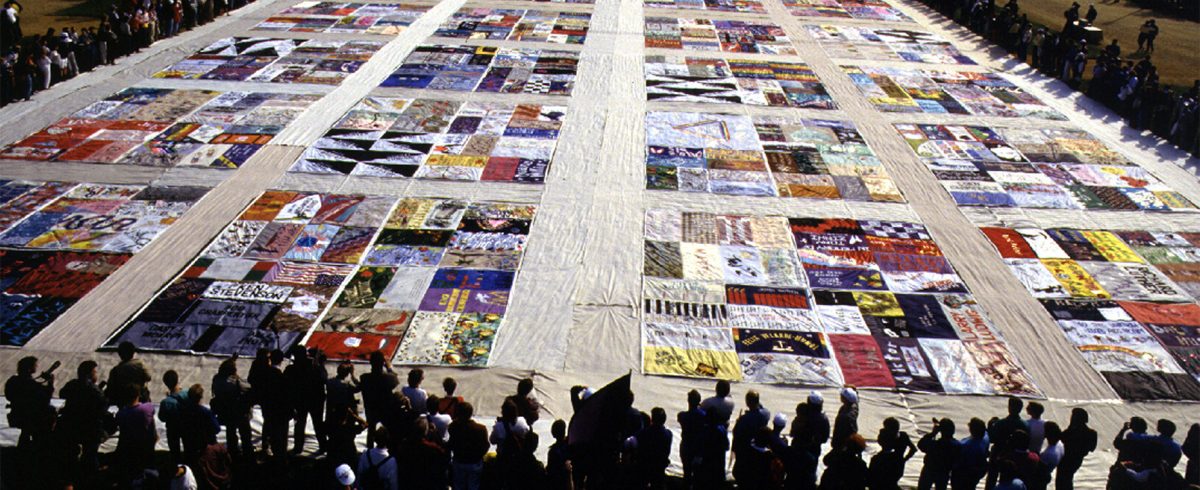Sometimes I write about something that has just come before me, and so it is with this story about a dancer – I found a note about meeting Kenneth.
At times I have to refer to my private life, and here is some of that.
I have, or I must now say had a big part of my family in the US. Most of them emigrated when my mother was expecting me in 1950, but in 1975, after some dramatic years in the theater world, I decided to follow in the family foot steps and go to the US, to California.
On my last evening in Stockholm, I ran in to two dancers that I had not seen for several years, and one of them was Kenneth.
I met him when I was a young teenager, taking classes at the Ballet Academy in Stockholm. He was a very charismatic man with a cheeky smile, that I think was attractive to both men and women.
I did not see him for many years, but I heard that he lived in Israel, and danced for a ballet company there. I also heard that he had had an accident, where he fell off the stage.
When I started preparing this work, here in Sweden, I sent out letters to people with HIV/AIDS and to volunteers, through two different organisations, RFSL – a LGBT organisation, and Noaks Ark, that educates about HIV/AIDS, and at the time trained volunteers.
One day I received a phone call. It was Kenneth, and I was really surprised, because he had never called me before. He was very upset, and told me in a stern teacher´s voice to stop this at once. What kind of nonsense was this! What did I think I was doing!
I don´t remember what I answered, I was kind of dazed. By this time I knew he was gay, and I thought it might be at least interesting to him, but…
Some years passed, and then I was told he had AIDS, but that he, even though he was a patient in an AIDS Ward, refused to acknowledge that he had the virus. He refused almost all visits, he only accepted a male friend, that I happened to know, and a female dancer.
His old mentor from Israel, Lia Schubert, had to leave. He would not let her in, and when she sent flowers to him, he sent them straight back. It was probably because I think she wrote a card to him saying that he didn´t have to be ashamed of having AIDS. Which he denied he had.
In 1990 I gave birth to my son, and on his first birthday I went to the Neonatal Ward in the hospital to show the staff that he was o k – he had been born two month early. It was very close to the AIDS Ward, and decided to dare to visit Kenneth, and show him my son. He actually let us in, and I sat on a chair with my son in my arms.
Kenneth then told me he had AIDS, (I did not ask about it, he volunteered that information), and that he had probably contracted the virus from a blood transfusion after the accident when he fell off the stage, or maybe it was something he ate, or… It could be anything, but he did not mention having sex.
He seemed to be hiding a bit under his sheet, looking at us with big eyes, and suddenly he started singing an old fashioned song about a little sick girl in a hospital bed, wasting away from something that was wrong in her chest.
We said goodbye, and not long after that I heard that he had died. His two friends who had gone home over night, were called to the hospital in the morning, but then they were stopped because he had just died. So they took their time and ate breakfast.
When they arrived he was still warm, and his friend said that it was the last warmth they received from him, and that they loved him.
Kenneth didn´t want a funeral, no obituary, nothing. The dancer brought his ashes to Tel Aviv, and early one morning she walked out in the water, and spread his ashes. It was very still, she said, but suddenly a wave came and took the ashes away.
I found the note about meeting Kenneth, tonight, so I thought I would start my work by writing about him, even though he didn´t think I should do this.
An extra note about that.
Kenneth´s mentor Lia Schubert (1926-1999), originally from Vienna in Austria, let me take classes for free in her ballet school in Stockholm when I was a child. I knew nothing about her background at the time. She eventually moved to Israel.
Many years later when she heard that I was working on a book about Survivors from the Concentration Camps, she had the exact same reaction as Kenneth had to my work on HIV/AIDS.
I wrote my book about the Holocaust and the Survivors that came to Sweden in 1945, and it was also published in Poland. My archive with papers, photos and letters about this is at the US Holocaust Memorial Museum in Washington, DC.
I am grateful I was strong enough to not listen to either of these strong personalities.
